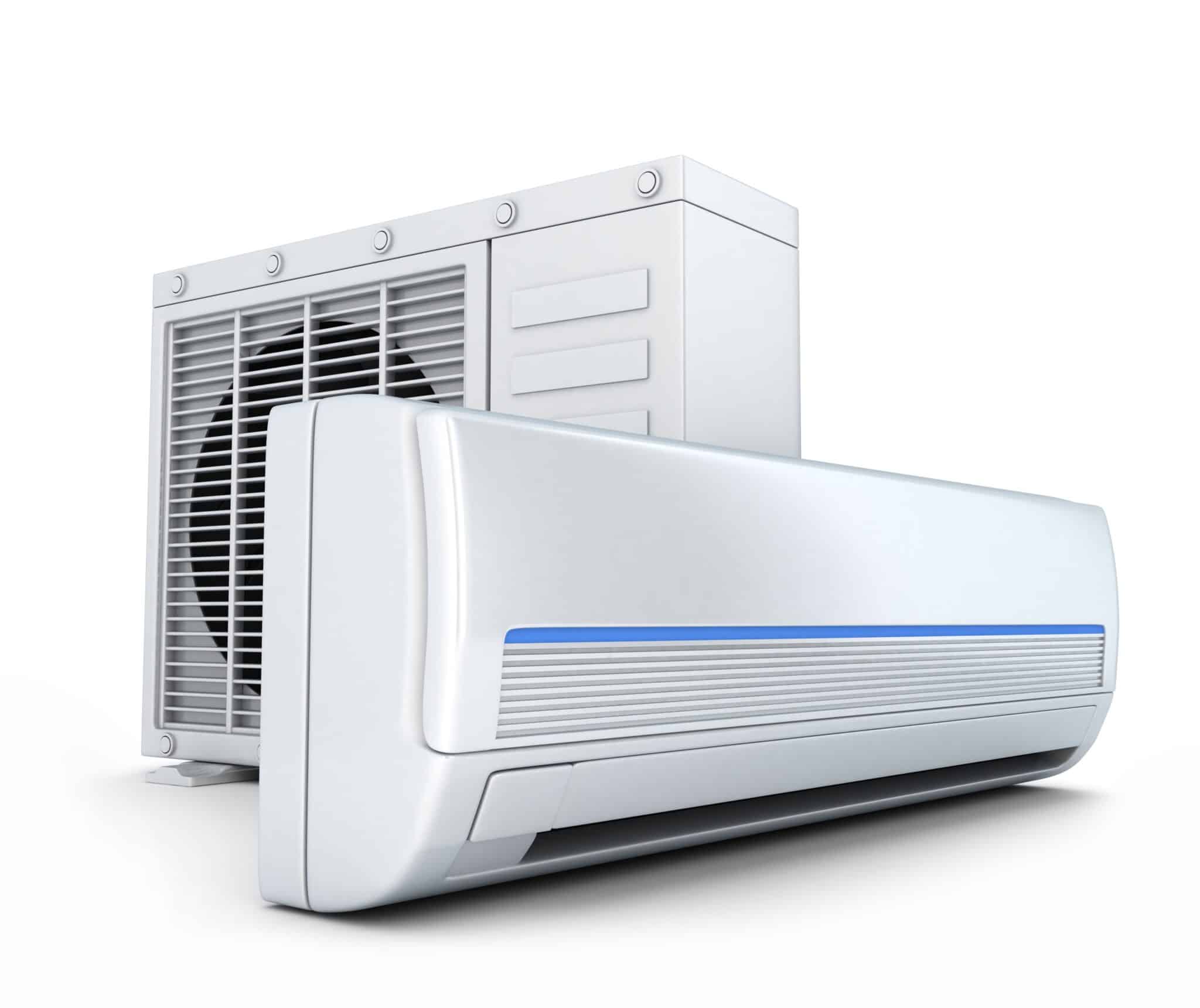A Comprehensive Guide on The Differences Between Inverter and Split Air Conditioners

When deciding to install an air conditioner in your home or office, it’s essential to choose the type that best fits your needs—either a split AC or an inverter AC. While both are designed to cool indoor spaces effectively, they differ significantly in terms of technology, performance, and energy efficiency. Understanding these differences can help you make a smarter and more cost-effective choice.
What is an inverter air conditioner?
An inverter air conditioner uses advanced technology to control the speed of the compressor. Unlike conventional models that frequently switch on and off, an inverter AC adjusts its compressor speed based on the cooling requirements of the room. This not only maintains a consistent temperature but also significantly reduces energy consumption.
By continuously regulating the cooling output, inverter ACs prevent unnecessary power usage, resulting in greater energy efficiency, smoother operation, and lower electricity bills.
Read Also: Buy Air Conditioner from the Best AC Company in India
What is a split air conditioner:
A split air conditioner consists of two main units: the indoor unit (which delivers cool air into the room) and the outdoor unit (which houses the compressor and condenser). The two units are connected by pipes carrying refrigerant, allowing heat to be transferred from inside the room to the outside.
Split ACs are widely popular due to their aesthetic appeal, low noise levels, and flexibility in installation. Many of the newer split ACs also come with inverter technology, combining the best of both systems.
Key Differences Between Inverter and Split ACs
Here’s a breakdown of the major distinctions:
1. Energy Efficiency
-
Inverter AC: Adjusts compressor speed based on room temperature, consuming less power after reaching the set temperature.
-
Conventional Split AC: Uses a fixed-speed compressor that cycles on and off, leading to higher energy consumption.
2. Temperature Control
-
Inverter AC: Maintains a stable and consistent room temperature by running continuously at variable speeds.
-
Split AC: Causes temperature fluctuations due to constant start-stop cycles.
3. Noise Levels
-
Inverter AC: Operates more quietly because the compressor runs at a steady speed.
-
Split AC: Can be noisier due to the frequent on-off cycling of the compressor.
4. Lifespan
-
Inverter AC: Typically lasts longer as it experiences less wear and tear on the compressor.
-
Split AC: More strain is placed on the compressor due to frequent switching, which may shorten its life.
5. Installation
-
Both systems require professional installation, but specific procedures may differ slightly based on brand and model.
6. Environmental Impact
-
Inverter AC: Consumes less power, producing lower carbon emissions, making it a more eco-friendly choice.
-
Split AC: Uses more energy, leading to higher environmental impact.
Read Also:
FAQ:
Why are inverter split ACs a popular choice?
Inverter ACs are the perfect cooling solution for most modern households. They are environmentally friendly, energy-efficient, and provide exceptional and consistent cooling.
Which type of AC should we choose?
Both inverter and split air conditioners have their own set of advantages. If you’re looking for smart technology, energy savings, and long-term durability, investing in an inverter AC is a wise choice. On the other hand, if affordability is your primary concern, a traditional split AC still provides reliable cooling.
Understanding the differences can help you make a decision that suits your comfort needs, energy goals, and budget.

Caribbean Citizenship Programs: Your Complete Investment Guide for 2025

The Ultimate Guide to Exterior Painting: Boost Your Home’s Curb Appeal and Protection

Best Features in Top Personal Loan Apps

Accelerating drug discovery through the DEL-ML-CS approach

AI in Marketing Is No Longer a Buzzword — It’s the Strategy

The Complex Landscape of Fire Damage in Los Angeles Ca and Overcoming It

Understanding Wiring Diagrams with Workshop Manuals

Payroll Technology Trends and the Future of Work








